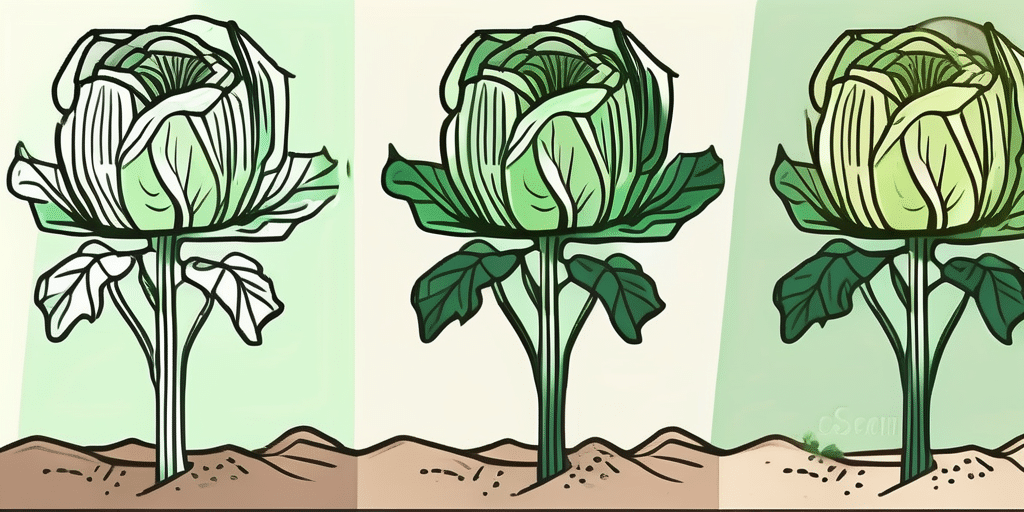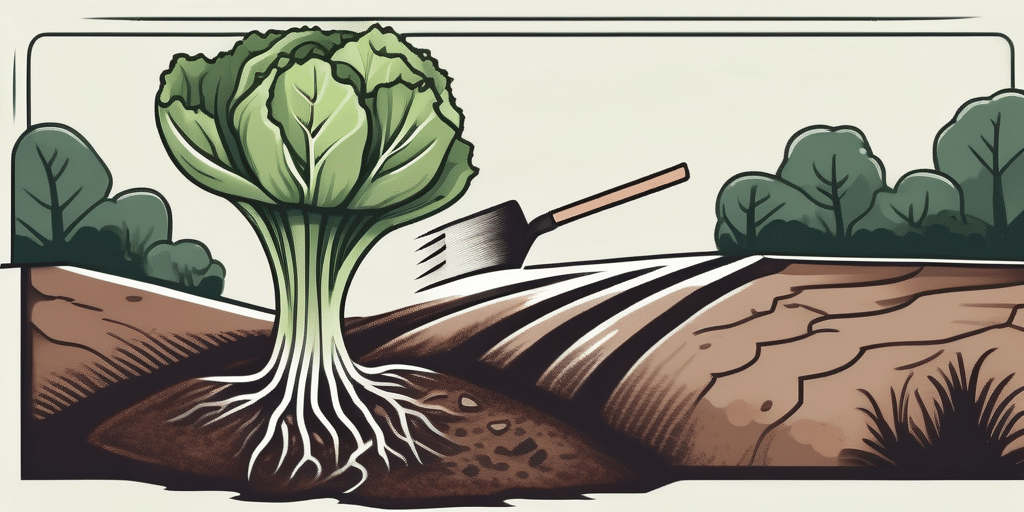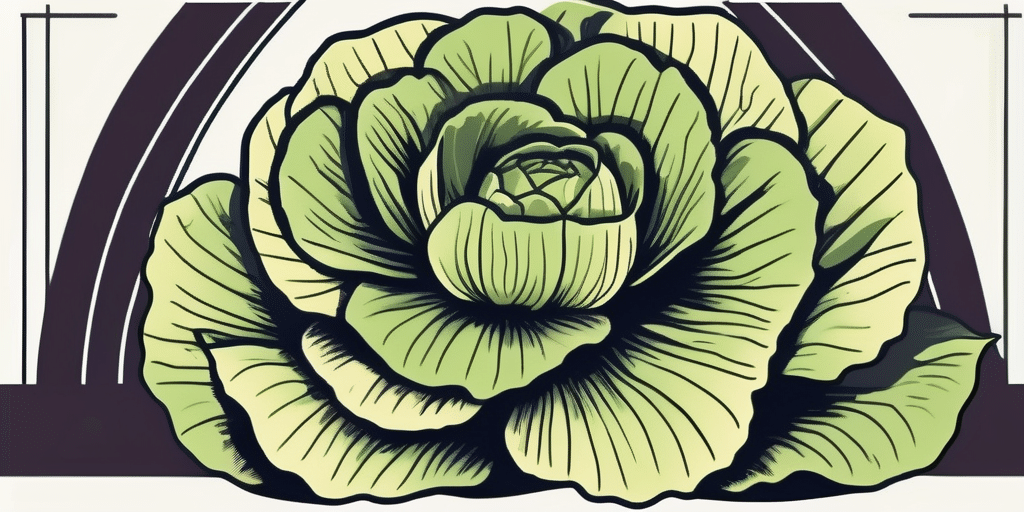Growing cabbage in containers and pots is a fantastic way to enjoy this nutritious vegetable even if you don’t have a traditional garden. This method is perfect for urban dwellers with limited outdoor space or anyone looking to add a touch of green to their patio or balcony. Let’s delve into the process, step by step, and explore the best practices for container-grown cabbage.
Choosing the Right Container
Choosing the right container is the first crucial step in your cabbage-growing journey. The container’s size and material can significantly impact the growth and health of your cabbage plants.
According to the University of Maryland Extension, cabbage plants require a container that is at least 8-12 inches deep and 12-18 inches in diameter. This size allows enough room for the roots to grow and the head to form properly.
Containers can be made of various materials, including plastic, clay, ceramic, or wood. Each material has its pros and cons, so choose based on your specific needs and conditions. For instance, plastic pots are lightweight and retain moisture well, but they can overheat in hot weather. On the other hand, clay pots are heavier and provide excellent drainage, but they can dry out quickly.
Preparing the Soil
Once you’ve chosen your container, the next step is to prepare the soil. Cabbage plants prefer well-draining soil with a slightly acidic pH.
The University of California Statewide Integrated Pest Management Program recommends using a high-quality potting mix for container gardening. This type of soil is lightweight, drains well, and usually contains a blend of peat moss, vermiculite, and perlite, which are all beneficial for cabbage growth.
To ensure your soil is slightly acidic, you can add a bit of peat moss or garden sulfur. However, it’s best to test your soil’s pH first using a soil testing kit. Cabbage plants thrive in a pH range of 6.0 to 6.5.
Planting the Cabbage
Now that your container and soil are ready, it’s time to plant your cabbage. Here’s a step-by-step guide:
- Fill your container with the prepared soil, leaving about 2 inches from the top.
- Make a hole in the center of the soil about twice as wide and as deep as the cabbage seedling’s root ball.
- Place the seedling in the hole, making sure the top of the root ball is level with the soil surface.
- Fill in around the seedling with soil, firming it gently with your hands.
- Water the seedling thoroughly.
Remember, cabbage plants need plenty of space to grow. If you’re planting more than one cabbage in a container, make sure to space them at least 18 inches apart.
Caring for Your Cabbage
Caring for your cabbage involves regular watering, fertilizing, and monitoring for pests and diseases.
Cabbage plants need consistent moisture to develop properly. However, overwatering can lead to root rot and other problems. The University of Illinois Extension suggests watering when the top inch of soil feels dry to the touch.
Fertilizing your cabbage is also essential. A balanced vegetable fertilizer can provide the necessary nutrients for your plants. Apply the fertilizer according to the package instructions, usually every 2-4 weeks.
Finally, keep an eye out for common cabbage pests like cabbage worms and aphids. If you notice any, remove them manually or use an organic insecticide.
Harvesting Your Cabbage
Harvesting your cabbage is the final and most rewarding step. Cabbage heads are typically ready to harvest when they are firm and the size of a small to medium head (about 4-8 inches in diameter).
To harvest, simply cut the cabbage head at its base using a sharp knife. Be sure to leave the outer leaves and roots in place, as they can produce a second crop of smaller heads.
After harvesting, store your cabbage in a cool, humid place. It can last for several weeks if stored properly.
Conclusion
Growing cabbage in containers and pots is a fun and rewarding endeavor. With the right container, soil, and care, you can enjoy fresh, homegrown cabbage right from your balcony or patio. So why not give it a try? Happy gardening!
Join Our Green-Thumbed Community!
Ready to turn your container cabbage success into a full-blown garden paradise? Subscribe for free to How to Grow Everything and start building the garden of your dreams today! Receive personalized gardening advice tailored to your specific location, grow zone, and experience level. We promise only the best gardening tips, special offers, and heartfelt advice, with no spam—ever. Join our family of gardening enthusiasts and watch your green space flourish. It’s 100% free, from our family to yours.





